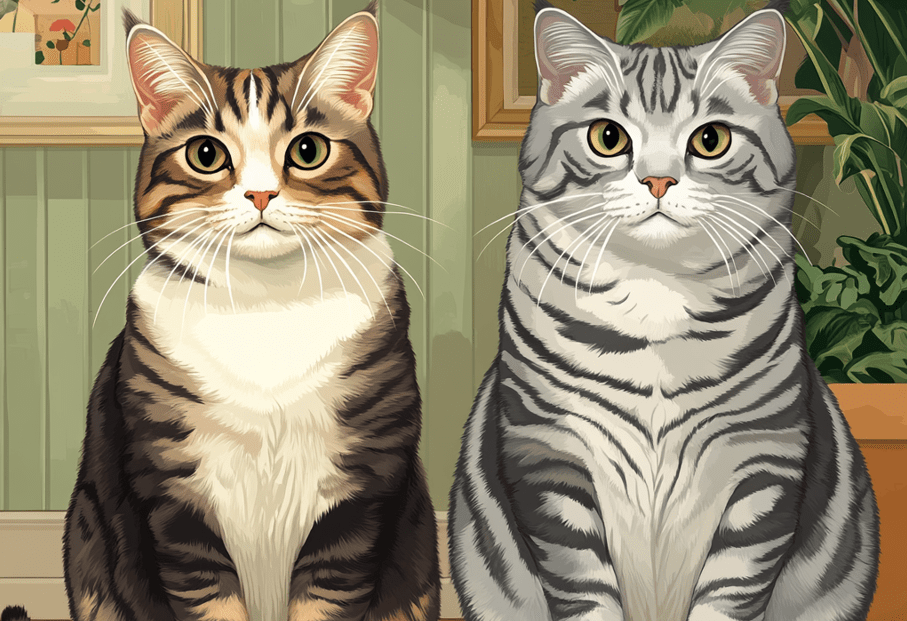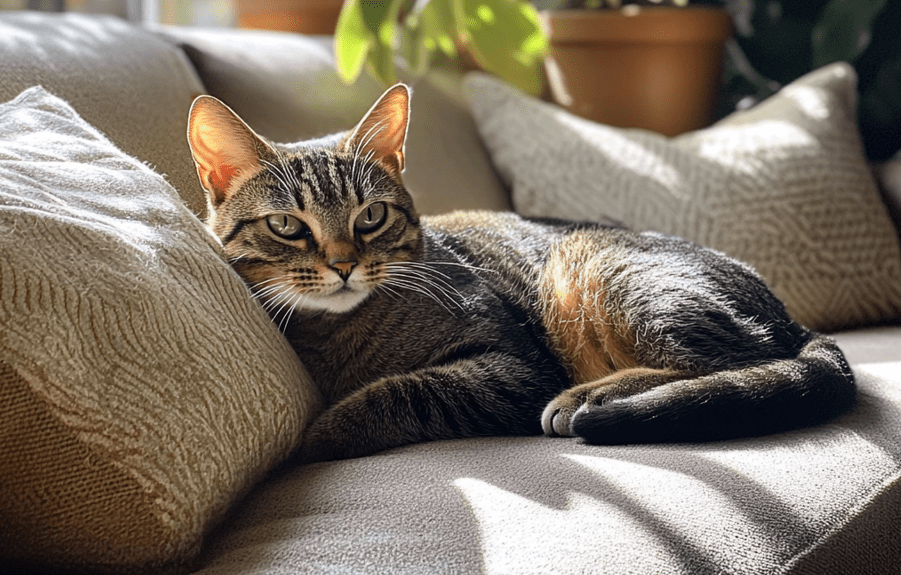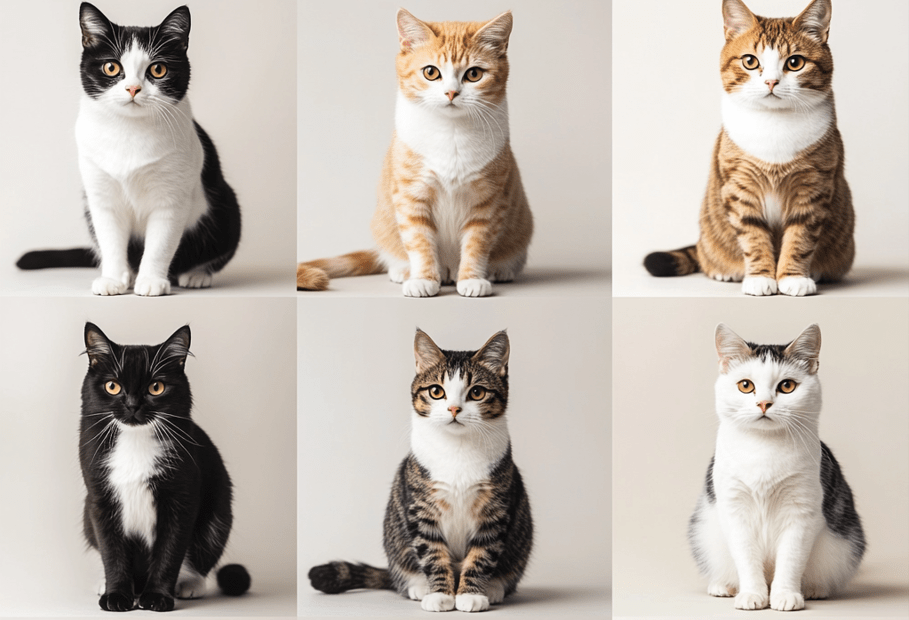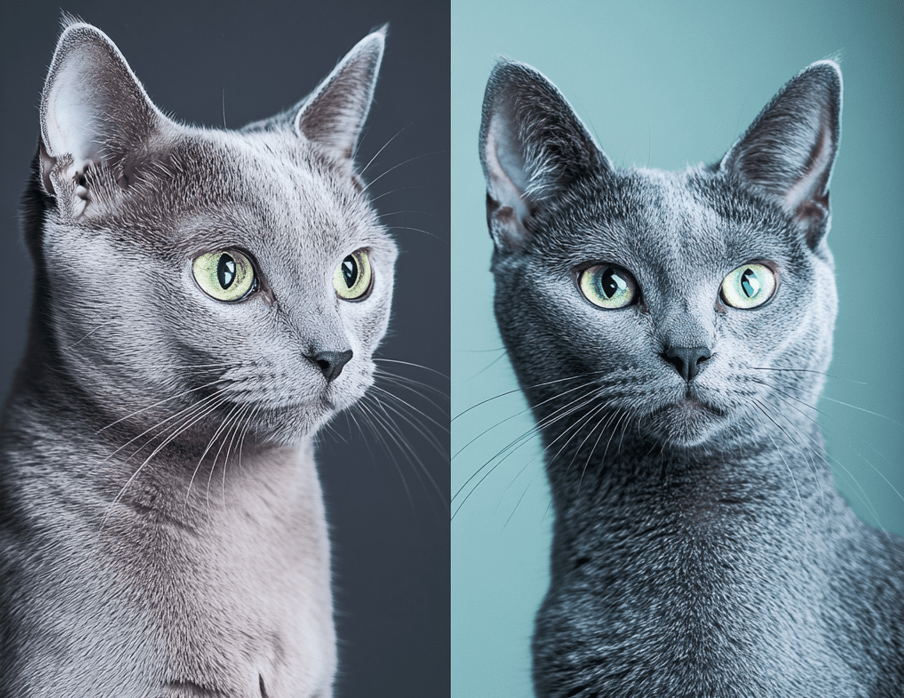
If you’ve ever caught your Domestic Shorthair perched atop a bookshelf or balancing on a windowsill, you’re not alone. The phenomenon of a Domestic Shorthair loves high places is a well-known trait among cat owners. This natural behavior stems from their instincts, curiosity, and need for security. But while your feline friend’s love for heights is endearing, it can also pose safety risks. In this comprehensive guide, we’ll explore why Domestic Shorthairs are drawn to high places, how to create a safe environment for their climbing adventures, and tips to enrich their lives while keeping them secure.
Understanding Why Domestic Shorthairs Love High Places
1. Instincts Rooted in Survival
Domestic Shorthairs, like their wild ancestors, are hardwired to seek elevated vantage points. In the wild, high perches provided safety from predators, a clear view of potential prey, and a strategic position to survey their territory. Even in the safety of your home, these instincts persist. Your cat’s desire to climb to the top of the refrigerator or a tall cat tree is a reflection of this primal drive to stay safe and in control.
2. A Sense of Security
High places offer Domestic Shorthairs a sense of security. From an elevated spot, they can observe their surroundings without feeling threatened. This is particularly important in multi-pet households or homes with young children, where your cat may seek a quiet retreat. A perch on a high shelf or cat condo allows them to relax while staying alert.
3. Curiosity and Exploration
Domestic Shorthairs are naturally curious creatures. High places provide new perspectives and opportunities to explore their environment. Whether it’s watching birds through a window or investigating a new piece of furniture, climbing satisfies their need for mental stimulation and adventure.
4. Territory and Dominance
Cats are territorial animals, and height can signify dominance. By claiming the highest spot in the room, your Domestic Shorthair is asserting their presence and establishing control over their domain. This behavior is especially common in households with multiple cats, where the highest perch often belongs to the most confident feline.
5. Comfort and Warmth
High places are often warmer, as heat rises in a room. Your Domestic Shorthair may gravitate toward elevated spots like the top of a cabinet or a sunny windowsill to bask in warmth and coziness. This preference for warmth is a practical reason behind their love for heights.
The Benefits of Allowing Your Domestic Shorthair to Climb

Encouraging your Domestic Shorthair to indulge in their love for high places can have several benefits for their physical and mental well-being:
Physical Exercise: Climbing and jumping help keep your cat active, promoting muscle strength and agility. This is especially important for indoor cats who may not have access to outdoor spaces.
Mental Stimulation: Exploring high places engages your cat’s problem-solving skills and satisfies their curiosity, reducing boredom and stress.
Stress Relief: Elevated perches provide a safe haven where your cat can retreat from stressful situations, such as loud noises or unfamiliar visitors.
Confidence Building: Successfully navigating high places boosts your cat’s confidence and reinforces their sense of control over their environment.
However, while climbing is beneficial, it’s essential to ensure your Domestic Shorthair’s safety to prevent accidents or injuries.
Potential Risks of High Places for Domestic Shorthairs
While your Domestic Shorthair loves high places, their climbing habits can come with risks. Understanding these dangers can help you create a safer environment for your feline friend.
1. Falls and Injuries
Cats are agile, but they’re not infallible. A miscalculated jump or a slippery surface can lead to falls, resulting in sprains, fractures, or more severe injuries. Kittens and senior cats are particularly vulnerable due to their developing coordination or declining agility.
2. Knocking Over Objects
Your cat’s climbing adventures may involve knocking over fragile items, such as vases, picture frames, or electronics. This not only poses a risk to your belongings but can also injure your cat if heavy objects fall.
3. Inaccessible or Unstable Surfaces
Some high places, like narrow ledges or unstable furniture, may not support your cat’s weight or provide enough space for safe landing. These areas can lead to falls or entrapment.
4. Exposure to Hazards
High places near open windows, balconies, or toxic substances (e.g., household cleaners stored on high shelves) can expose your cat to danger. Unsuspecting cats may fall from unsecured windows or ingest harmful materials.
How to Keep Your Domestic Shorthair Safe While They Climb
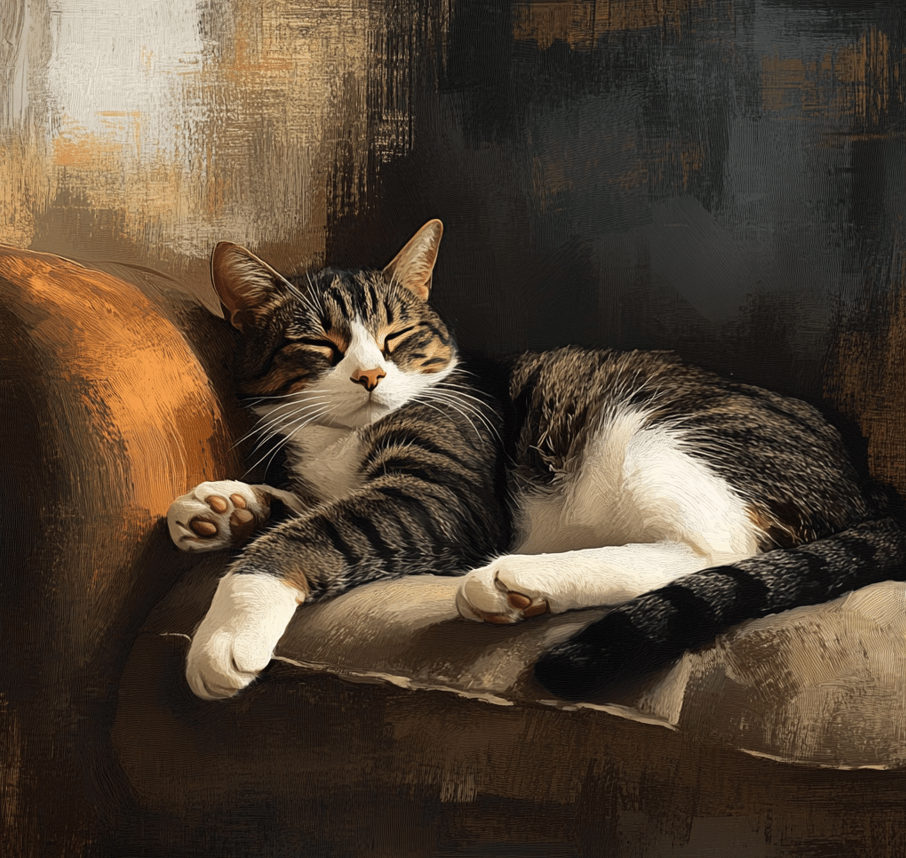
To satisfy your Domestic Shorthair’s love for high places while minimizing risks, consider these practical tips to create a safe and cat-friendly environment.
1. Provide Safe Climbing Structures
Invest in sturdy, purpose-built climbing structures to channel your cat’s energy. Here are some options:
Cat Trees: Multi-level cat trees with wide platforms, scratching posts, and cozy perches are ideal for satisfying your cat’s climbing instincts. Look for models with a stable base to prevent tipping.
Wall-Mounted Shelves: Cat-specific wall shelves or modular climbing systems allow your Domestic Shorthair to navigate vertical spaces safely. Ensure shelves are securely anchored to the wall.
Window Perches: Suction-cup window perches or ledge-mounted beds provide a high vantage point for bird-watching and lounging.
When choosing climbing structures, prioritize quality and stability. Check weight limits and read reviews to ensure the product can support your cat’s size and activity level.
2. Secure Your Home
Take steps to cat-proof your home and minimize hazards:
Anchor Furniture: Secure tall furniture, such as bookshelves and cabinets, to the wall to prevent tipping if your cat climbs or jumps on them.
Remove Fragile Items: Store breakable objects in closed cabinets or low, inaccessible areas to avoid accidents.
Cover Slippery Surfaces: Place non-slip mats or carpet remnants on smooth surfaces like windowsills or shelves to provide better traction.
Screen Windows and Balconies: Install sturdy window screens or balcony netting to prevent falls. Avoid relying on flimsy screens that may give way under your cat’s weight.
3. Supervise and Train
While you can’t watch your cat 24/7, supervising their initial explorations of new climbing areas can help you identify potential risks. Use positive reinforcement to guide your Domestic Shorthair toward safe climbing spots:
1.Reward your cat with treats or praise when they use designated climbing structures.
2.Gently discourage climbing on unsafe surfaces by redirecting them to a cat tree or shelf.
4. Create a Stimulating Environment
A bored Domestic斯科特hair is more likely to seek out unsafe high places for entertainment. Keep your cat engaged with:
Interactive Toys: Feather wands, laser pointers, and puzzle toys stimulate your cat’s hunting instincts and provide mental exercise.
Rotating Toys: Introduce new toys periodically to maintain your cat’s interest and prevent boredom.
Vertical Space: Incorporate vertical elements like perches, tunnels, and hammocks to create a dynamic environment that encourages safe exploration.
5. Regular Health Checks
As your Domestic Shorthair ages, their climbing abilities may decline due to arthritis, vision loss, or reduced coordination. Schedule regular veterinary checkups to monitor their health and address any mobility issues. If your senior cat struggles to reach their favorite high places, consider adding ramps or low platforms to make climbing easier.
Designing a Cat-Friendly Home for Your Domestic Shorthair
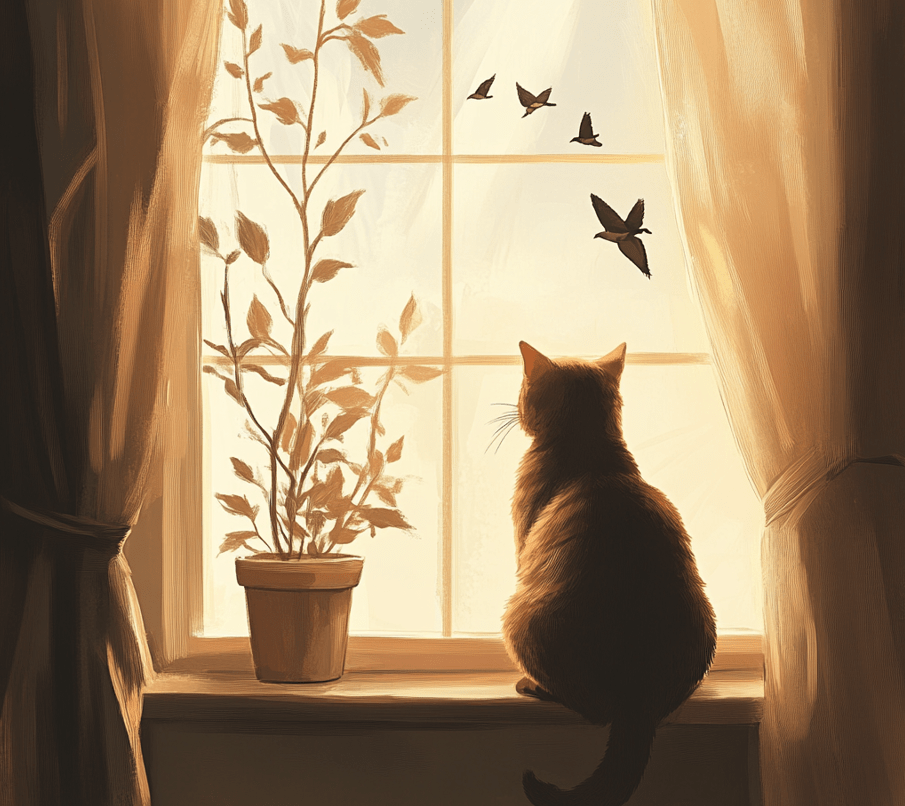
To fully embrace your Domestic Shorthair’s love for high places, transform your home into a feline paradise with these design ideas:
1. Create a Vertical Playground
Incorporate a variety of vertical spaces to keep your cat entertained. Combine cat trees, wall shelves, and perches at different heights to create a multi-level playground. Ensure there are multiple access points, such as ramps or staggered platforms, to accommodate cats of all ages and abilities.
2. Optimize Window Views
Domestic Shorthairs love observing the world from high vantage points. Place perches or shelves near windows to give your cat a front-row seat to outdoor activity. Add a bird feeder outside the window to provide endless entertainment (just ensure the window is secure).
3. Incorporate Cozy Retreats
High places should offer comfort as well as adventure. Add soft bedding, such as cat beds or blankets, to elevated platforms to create inviting nap spots. Your Domestic Shorthair will appreciate a cozy perch where they can relax and feel secure.
4. Blend Aesthetics with Functionality
Cat furniture doesn’t have to clash with your home decor. Look for modern cat trees or wall-mounted shelves that complement your style. Neutral colors and sleek designs can seamlessly integrate into your living space while providing your cat with the vertical space they crave.
Common Mistakes to Avoid
When catering to your Domestic Shorthair’s love for high places, avoid these pitfalls:
Ignoring Safety: Failing to secure furniture or windows can lead to accidents. Always prioritize safety when designing your cat’s environment.
Overcrowding Vertical Spaces: Too many climbing structures in a small space can overwhelm your cat or make navigation difficult. Strike a balance between vertical and open areas.
Neglecting Maintenance: Regularly inspect cat trees and shelves for wear and tear. Loose screws or frayed materials can compromise safety.
Forcing Interaction: Let your cat explore high places at their own pace. Forcing them onto a new perch may cause stress or reluctance to use it.
Conclusion

Your Domestic Shorthair’s love for high places is a natural and enriching part of their behavior. By understanding the instincts behind their climbing habits and creating a safe, stimulating environment, you can nurture their adventurous spirit while keeping them secure. From sturdy cat trees to secure window perches, there are countless ways to satisfy your cat’s desire for heights. By prioritizing safety, providing engaging vertical spaces, and maintaining a cat-friendly home, you’ll ensure your Domestic Shorthair thrives in their high-flying world.
Take the time to observe your cat’s preferences and tailor their environment to suit their unique personality. With the right setup, your Domestic Shorthair will enjoy their lofty adventures while staying safe and happy in your home.

